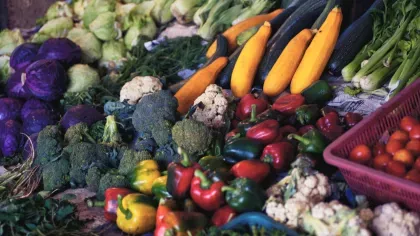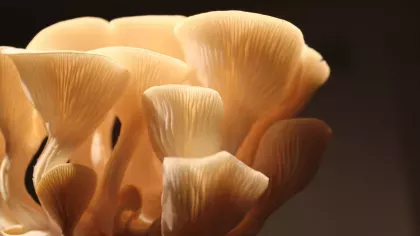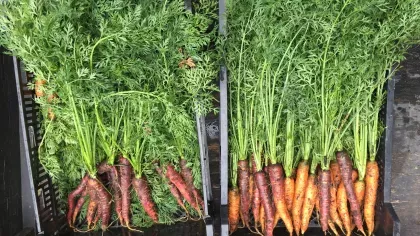21 January 2023
The Art of Food
Illustrating the plants we put on our plates.

The Art of Food showcases an array of edible plants from corn and squash to kohlrabi and lotus root through the lens of botanical art.
Take a closer look at this this exquisite collection of works celebrating the importance of plant-based foods, on show now at The Shirley Sherwood Gallery.
Feed the world
Plants are an important source of sustenance: much of the world’s human population supports itself on food from plants.
As climate change worsens, it is even more pertinent to use our limited land and resources efficiently.
Food crops provide more human sustenance per square metre than land used for pasture.
Growing a variety of vegetables and fruits increases biodiversity. What's more, some crops enrich the soil while they grow, improving it for other plant species.
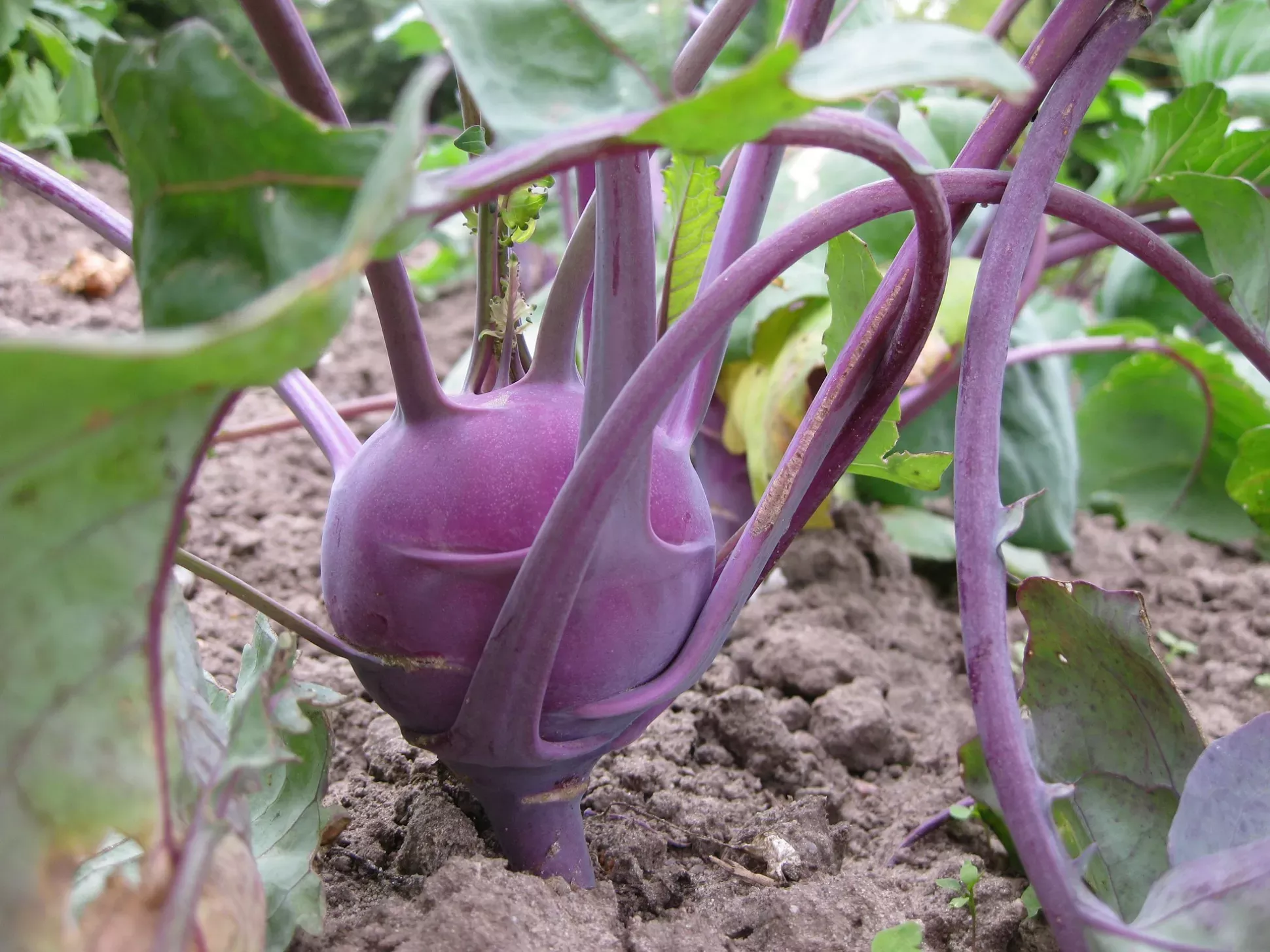
Beauty in differences
The Art of Food encourages the viewer to see food crops differently, and appreciate plants that can feed us so deliciously.
A glorious combination of colours and textures burst out from each framed image.
Sputnik-like kohlrabi is portrayed above its better-known relative the versatile savoy cabbage. It’s hard to believe that they are the same species (Brassica oleracea) as they look – and taste – wildly different.
It is in this difference that plants really come into their own on our plates and palates. Everyone’s heard the quip about all meat tasting like chicken, but you’d never say that mushrooms taste just like beetroot.
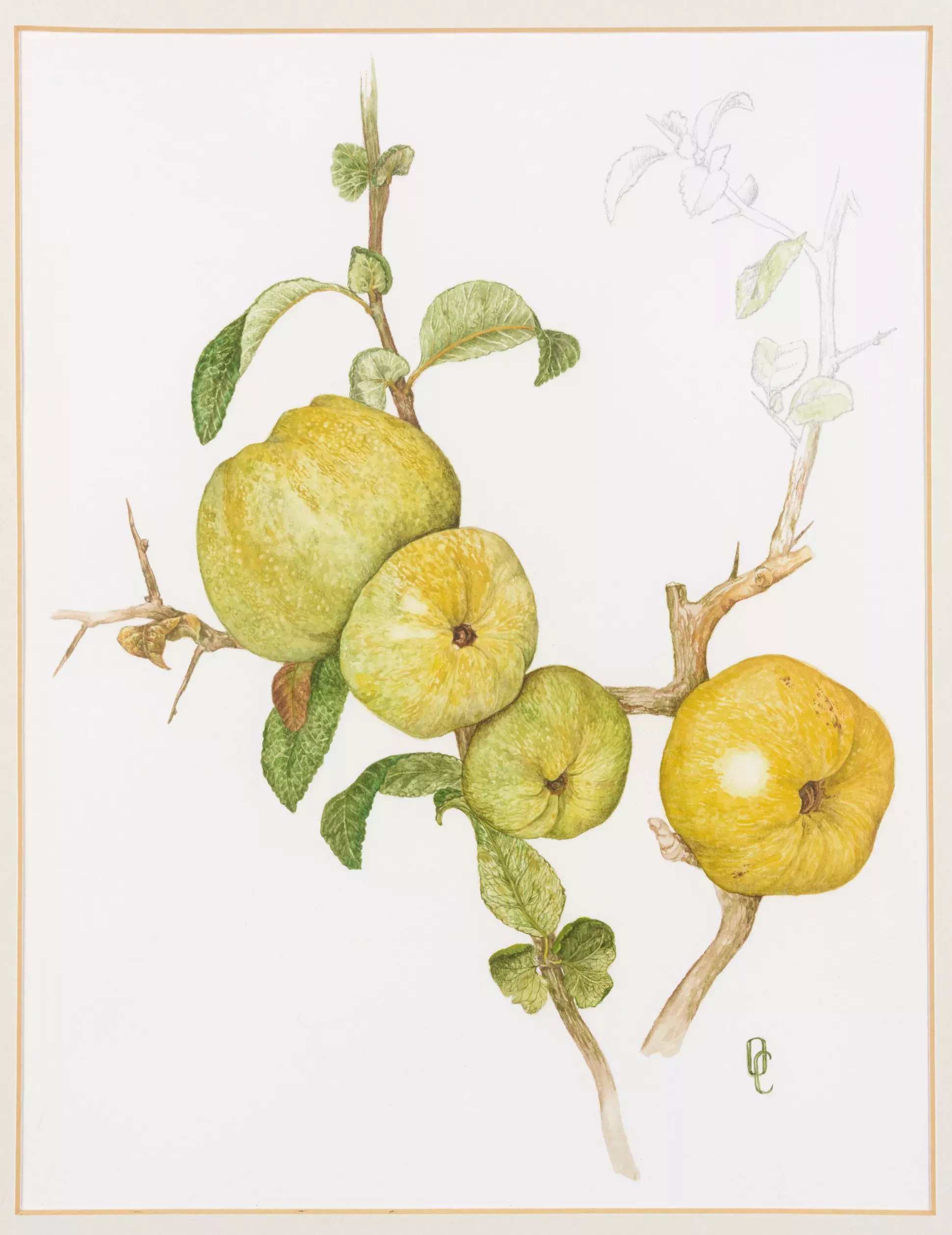
Fruit for thought
Forgotten fruit like quince (Cydonia oblonga), illustrated by Olivia Chalmers, are on display.
In the same sub-tribe as apples and pears, quince can be baked, roasted, or turned into fantastic marmalade. It grows in many parks and gardens across the UK, but is underused, with all the golden-yellow globes usually left as windfalls for wildlife.
An arresting painting by Alvaro E. X. Nunes is of a very unusual fruit, the jabuticaba, which grows on the bark of Plinia cauliflora, covering the tree’s trunk and branches in almost grotesque globular dark-purple berries. The few blossoms in the illustration show how magical the trees look when in bloom.
Plant appreciation
The beauty of botanical illustration is that it reveals elements of a plant's structure that we often overlook.
Anna Mason’s Blackberry (Rubus fructiosus ‘Fantastia’) shows in exquisite detail the styles that we rarely appreciate when picking its juicy dark fruit. Styles are tiny hairs, a leftover from the blossom stage that protect the berry from damage as it matures.
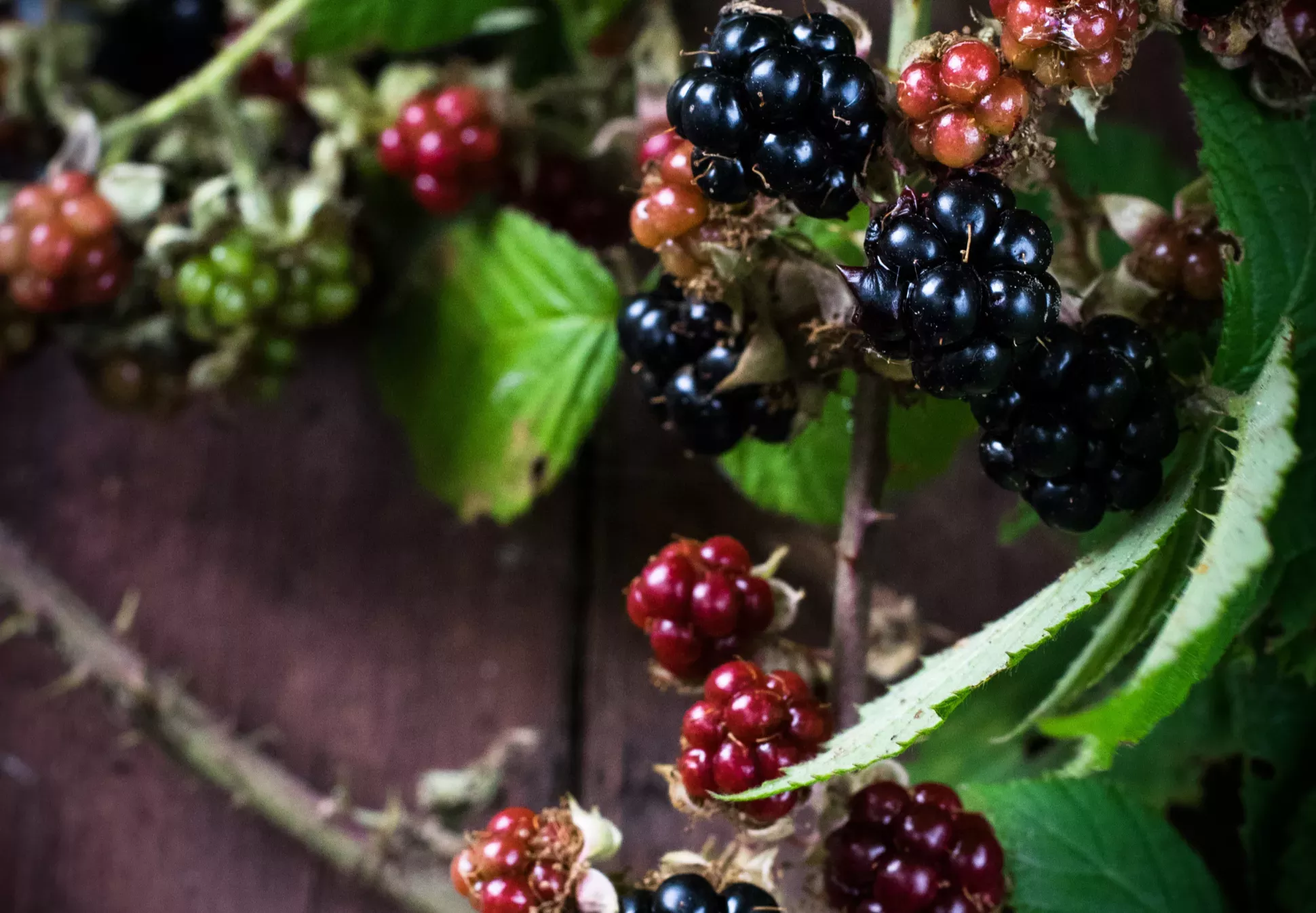
Familiar favourites can be seen in new light, such as The Babbington’s Leek by Molly Francis, whose elegant bulbs form slender shafts and whacky flowerheads. This species only grows in the British Isles, mainly near the sea.
Brigid Edwards’ Artichoke Flower showcases the stately lilac flowers that make this a great plant for pollinators, something we can never appreciate from artichokes found in the supermarket. Those tasty globes are the unbloomed flower bud of this thistle variety.
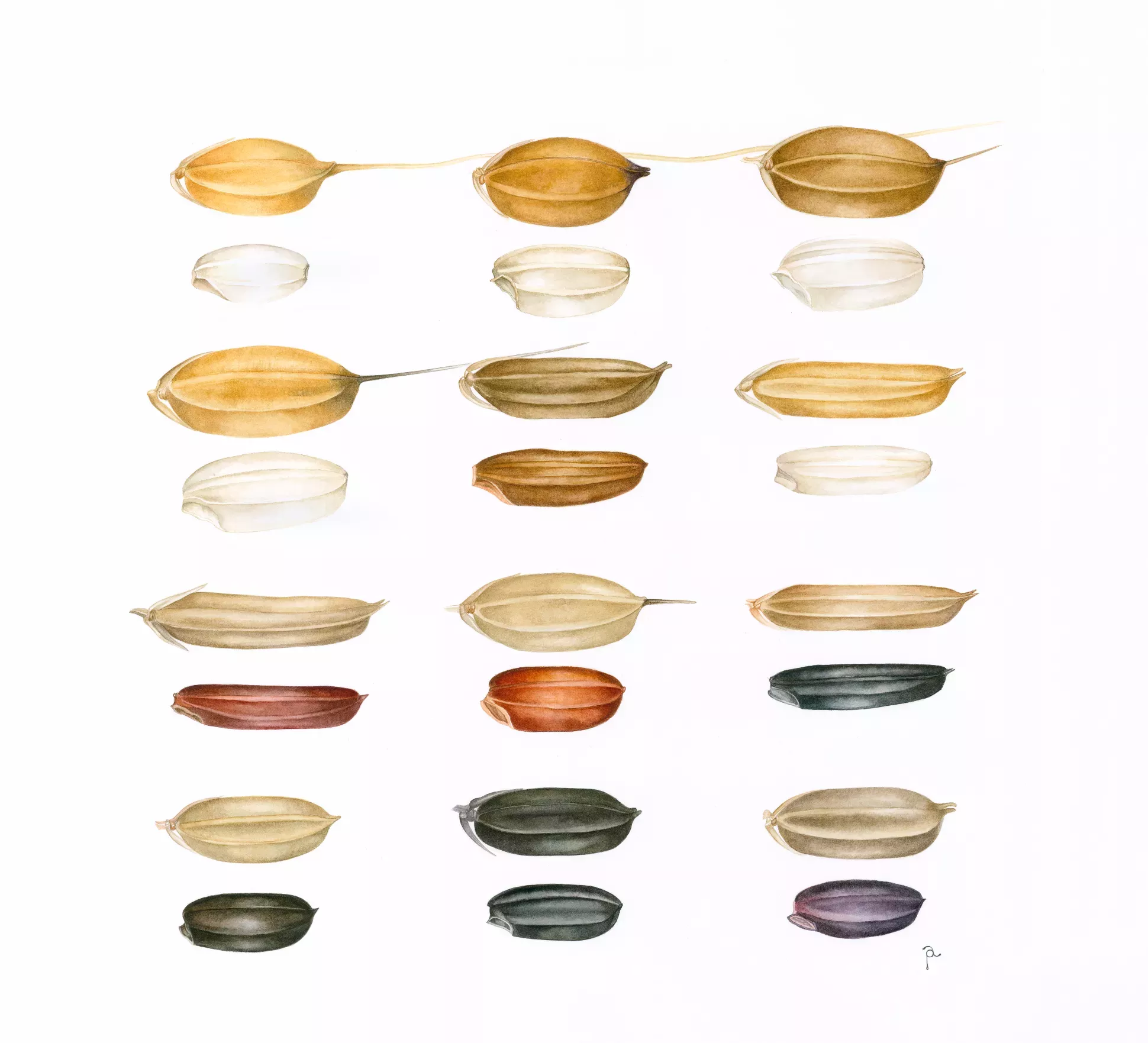
Variety is the spice of life
Rice Seeds by Angela Petrini sheds light on the vast number of varieties of a cupboard staple that we tend to view as just ‘white, brown, or sticky’. The rice in the illustration is a selection of some that were developed in Piedmont, Italy; the mind boggles at how many varieties there must be around the world.
This exuberance of choice and colour is a key part of The Art of Food. The walls are replete with shapes and shades that draw the eye, give pause for thought, and make tummies rumble.
It highlights the wealth and variety of nutrient-giving plants that grow on Earth, and the care we need to take, as cohabiters and consumers, to protect our planet and all it sustains.
Certainly food for thought.

